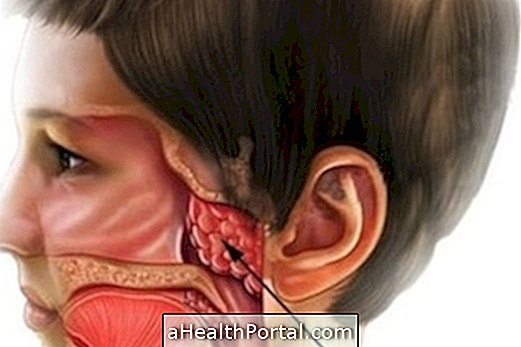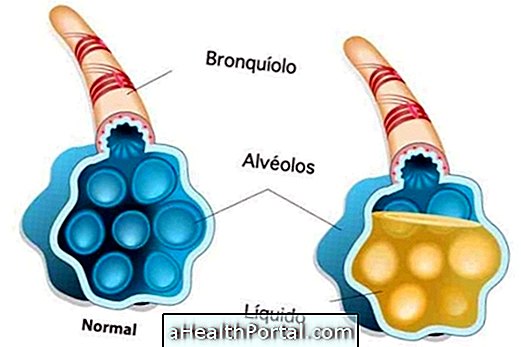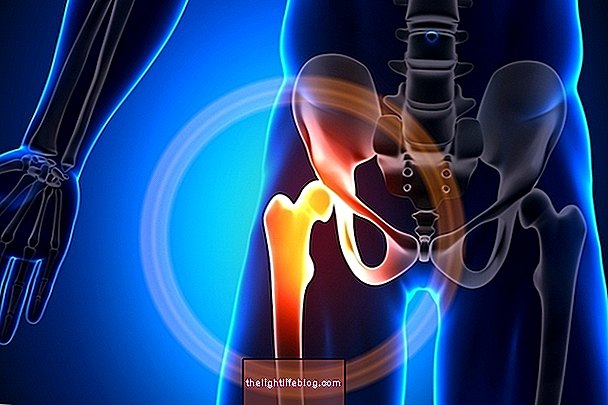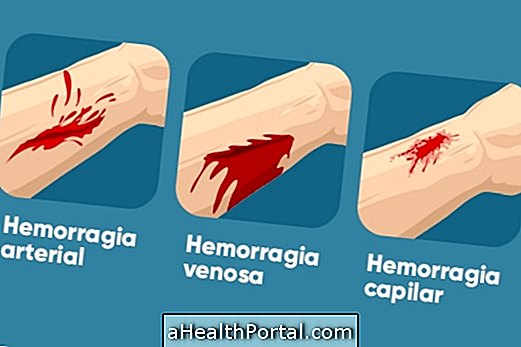Tarlov's cyst is usually found on an examination such as MRI made to evaluate the spine. It usually does not cause symptoms, is not serious, does not require surgical treatment, is completely benign and does not become cancer.
Tarlov's cyst is actually a small fluid-filled dilation located in the sacrum between the vertebrae S1, S2 and S3, more specifically the nerve roots of the spine in the tissues lining the spinal cord.
The individual may have only 1 or several cyst, and depending on their location may be bilateral and when they are too large may compress the nerves, causing nerve changes such as tingling or shock sensation, for example.
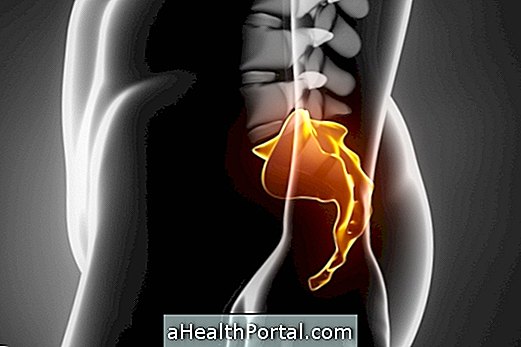
Symptoms of Tarlov cyst
In about 80% of cases, Tarlov's cyst does not show any symptoms, but when this cyst has symptoms, they can be:
- Pain in the legs;
- Difficulty walking;
- Back pain at the end of the spine;
- Tingling or numbness sensation at the end of the spine and legs;
- Decreased sensitivity at the affected site or legs;
- There may be changes in the sphincter, with risk of stool loss.
The most common is to just show back pain with suspected herniated disc, and then the doctor asks for the resonance and discovers the cyst. These symptoms are related to the compression that the cyst makes on the nerve roots and bony parts of that region.
Other changes that may present these symptoms are inflammation of the sciatic nerve and disc herniation. Learn how to combat sciatica.
The causes of its onset are not fully known, but it is believed that Tarlov's cyst may be congenital or is related to some local trauma or subarachnoid hemorrhage, for example.
Required exams
Normally the Tarlov cysts are seen on an MRI, but the simple X-ray can also be useful for evaluating the presence of osteophytes. In addition, it is also important to evaluate the presence of other situations such as herniated disc or spondylolisthesis, for example.
The orthopedist may request other tests such as computed tomography to assess the impact of this cyst on the bones around them, and electromyography may be requested to evaluate the nerve root suffering, showing the need for surgery. But both CT and electroneuromyography are only required when the person has symptoms.
Treatment for Tarlov cyst
The treatment that can be advised by the doctor includes the taking of painkillers, muscle relaxants, antidepressants or epidural analgesia which may be enough to control the symptoms.
However, physiotherapy is especially indicated to combat the symptoms and improve the quality of life of the person. Physiotherapeutic treatment should be performed daily with the use of devices that relieve pain, heat and stretching for the back and legs. Joint and neural mobilization may also be useful in some cases, but each case should be evaluated by the physiotherapist personally, because the treatment should be individualized.
Here are some exercises that, in addition to being indicated for sciatica, may also be indicated to relieve back pain caused by Tarlov's cyst:

When to do surgery
The person who has symptoms and who does not show improvement with the medicines and the physiotherapy can opt for the surgery as a way to solve their symptoms.
However, surgery is rarely indicated but can be done to remove the cyst through a laminectomy or puncture to empty the cyst. It is usually indicated for cysts more than 1.5 cm with bone changes around them.
Usually the person can not retire if he presents only this cyst, but may be unfit for work if he presents other than the cyst, other important changes that prevent or hinder the work activity.
